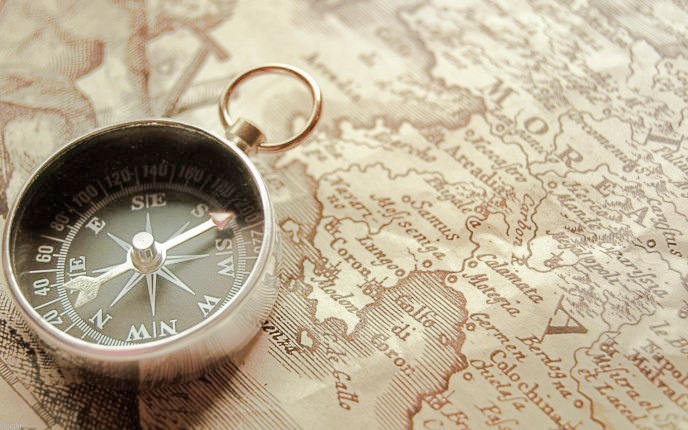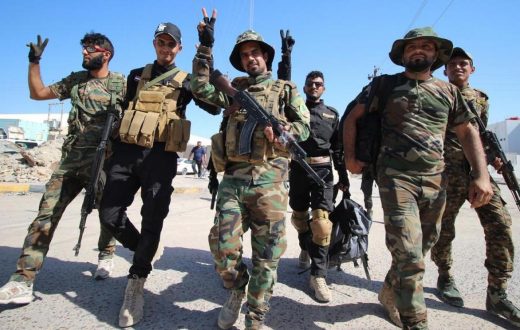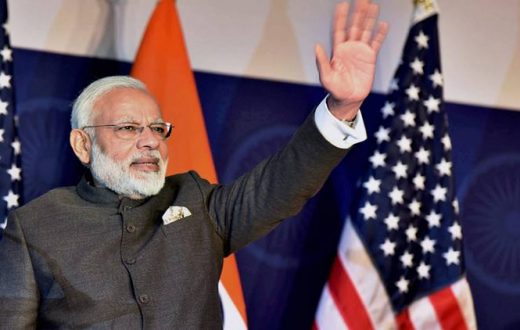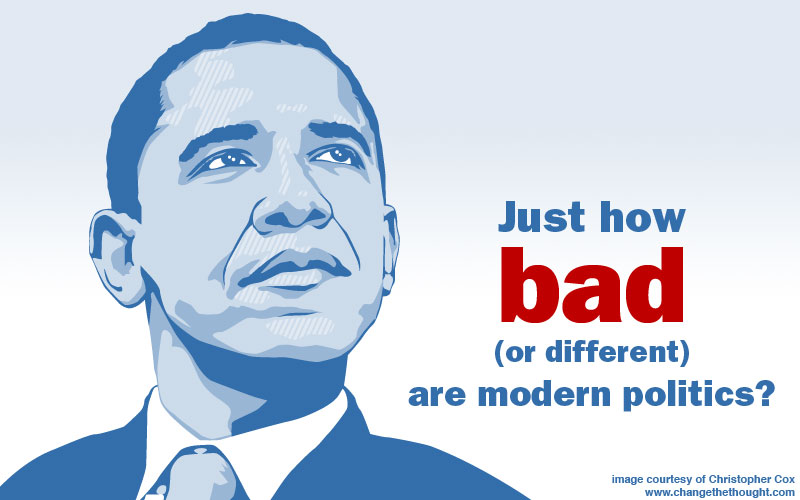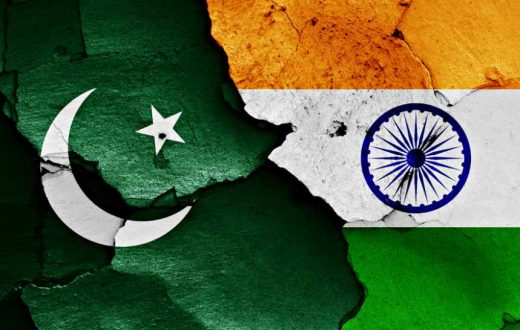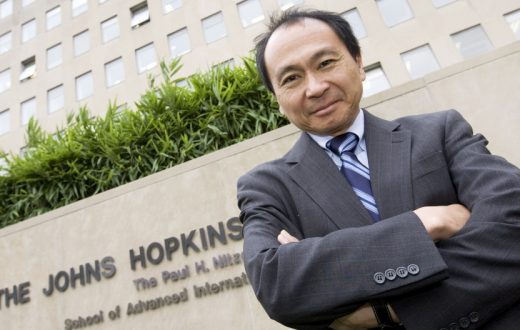The study of History and Peace and War brought the need for a broader understanding of how the International and Political actors respond. This led to a theoretical formation built through the accumulation of lessons learned of the cost of millions of lives and heavy destruction. From Classical Antiquity to the Contempery Age, these relations were deeply scrutinized due to the glaring impact of its spread over civilizations. (Garcia, F.Proença. Da Guerra e da Estratégia: A Nova Polemologia. Lisboa: Prefacio, 2010)
“As war appears to be as old as humanity, but Peace is a modern invention” (Maine, Henry. International Law: a series of lectures delivered before the university of Cambridge. Cambridge: H.Holt, 1087 apud Norberg, 2017) After centuries of unrestricted violence from States in order to reach their goals and geopolitical ambitions, political violence decreased seriously with the consolidation of democracy and capitalism along history, as Johan Norberg demonstrates in his book Ten reasons to Look Forward to the Future and his previous book In Defense of Global Capitalism. This decline has especially be seen after World War II and in the second part of the twentieth century. In a long term bias, according to Norberg, the world is, nowadays, witnessing the greatest improvement in global living standard ever. It is all about the victory of humankind over misery, despair, war, and violence.

Thus, after the signature of the United Nations Charter in the San Francisco Conference in 1945, the idea of war to achieve an ambition had been replaced as a crime. Except in self-defense or in a security council mandate for peacemaking, under the chapter seven of the same Chart.
Since WWII, an armed peace was established. Now that humanity has the capacity to destroy herself, a WWIII is avoided. Despite the Russian agressions in Ukraine, the China’s actions in the south China sea, the North Korean menaces, the Turkish and Iranian claims in the Middle East struggles and the spread of insurgency and terrorism, the diplomatic initiatives are fragile but strong enough to spare the large part of humanity from total war.
However, Sebastien von Einsiedel, on his report in the United Nations University Centre for Policy Research, “Civil War Trends and the Changing Nature of Armed Conflict” presents a not so optimistic view of peace disruption. Indeed, the new trends tend to push hard in the number of civil wars and the non combattant casualties on it. “[…] the number of major civil wars has almost tripled in the past decade” and civilians are considered targets for their “symbolic values” (Einsiedel) on these conflicts. From genocides as in Rwanda to the actual wave of terrorist attacks in Europe, unarmed populations are more and more targeted.

Also, a worsening on unstable situations is due to organized crime’s influence in failed states, as drug cartels inflicting on corruption at all levels. In the same way, violence can be amplified with “the internationalization of civil wars, making them deadlier and longer” (Einsiedel, 2017). And, at last but not least, the presence of religious extremists, as Islamic jihadists, largely complicates the peacebuilding processes by their order contestation with radical positions.

To contain damage, international or supranaional institutions, and the UN as the larger and most important one, come up to mitigate the derogation of peace in local levels (Norberg, 2003). Today, with fifteen current Peacekeeping Operations and one hundred and ten thousand blue helmets deployed, it is a costly but necessary initative to reduce pain in conflict areas and bring hope for a lasting peace (UN: United Nations Peacekeeping. https://peacekeaping.un.org/en)
To conclude, Norberg describes peace, as a non war and limited violence situation, as a construction made by political choices at all levels and not a natural, or divine stance.

